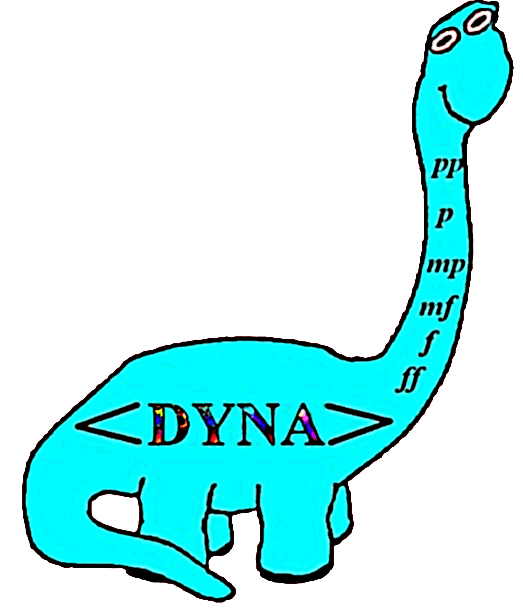A Grand Finale
is the culmination of a composition.
The Grand Finale consists of continuous sixteenth note rhythm, which gives the piece its big finish.
Dynamic March Grand Finale returns to the original tempo, called Tempo Primo or Tempo 1. (Quarter note = 120 BPM)
Quick and repetitive bow motions are performed with clarity at the balance point, between the lower and middle bow-segments.
When performing repetitive sixteenth notes, place a small accent on the first sixteenth note of each beat, which creates beat pattern units that serve to punctuate the beat.
The Grand Finale begins pianissimo, so remember to perform at the fingerboard lane on the string. Utilize very small bow strokes, and play lightly. Each restatement of the theme increases in dynamic, which means to bring the bow incrementally closer to the bridge and apply more weight into your bowing motions.
As the dynamic reaches fortissimo, continue to emphasize the beat and allow the bow to spring slightly off the string, spiccato.
Remember to keep your right wrist flexible and to perform precise sixteenth note sub-divisions.
Performing continuous motion requires players to keep muscles relaxed, and retain strong control of the bow.
Please enjoy the Dynamic March Grand Finale.


Finger Intensity Hand Position Principles Hand Position Rhymes Space at the Base Swell the Well Swing the Wing
Hand Position Set-Up Violin Notes on D Viola Notes on D Cello Notes on D Bass Notes on D Violin Notes on A
Viola Notes on A Cello Notes on A Meet Guide Bass Notes on G D Major Training Exercises The Lower-Tetrachord
The Major Second The Major Third The Perfect Fourth The Upper-Tetrachord The Perfect Fifth The Major Sixth
The Major Seventh The Perfect Octave The Complete D Major Scale Left Thumb Logic Left Thumb Flexible Location
Knuckle Leverage D Major Etudes Arpeggio Patterns D Major Mastery Checkpoint Extending the Instrument’s Range
Finger Location Terms Violin Notes on G Viola Notes on G Cello Notes on G Bass Notes on E Bass Notes on A
Viola Notes on C Cello Notes on C Violin Notes on E Third Position Principles Violin Third Position on E
Third Position Measurement Differences D Major Harmony Interval Categories Orchestra Harmony in D Major
Preparing for Orchestra Pieces Divisi Protocol Orchestra Chord Textures Ensemble Engine Technique Building
Practice Coins Violin Technique Builder Viola Technique Builder Cello Technique Builder Bass Technique Builder
Dynamic March Theme and Variations Bowing Dynamics Dynamic March Performance Details Linked Bowing Exercise
Off-Beats Exercise Neighbor Notes Complete Dynamic March Composition Score and Parts







